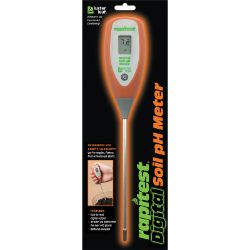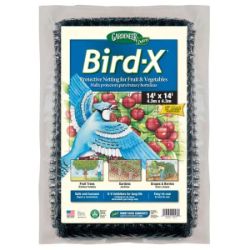Planting Cranberry Plants
Few things are as delicious as homegrown cranberries, and the success of your harvest begins right with the planting site and method. For maximum growth and yields later on, give your plants the best foundation possible.
NOTE: This is part 4 in a series of 11 articles. For a complete background on how to grow cranberry plants, we recommend starting from the beginning.
Before Planting
Before you plant, check your soil pH. This can be done by contacting your local County Extension Office for information about soil testing in your area, or purchase one of our digital meters for quick and accurate results. Ideally, your cranberries need a soil pH between 4.5-5.5. To increase the acidity of your soil, use a soil acidifier. Steer clear of soils that are extremely heavy or very poorly drained.
Location and Spacing
- Pick a location with full sun, good drainage and very fertile soil. Cranberries have a shallow root system that only grows in the top six inches or so.
- Space your cranberry plants 2' to 3' apart. They will only grow about 8-10 inches high.
- Amend the soil with organic matter such as dehydrated cow manure, garden compost, peat moss or our Coco-Fiber Potting Medium.
Planting Tips
- Don’t plant too deep. The crown should be right at the soil level, with the roots just under the surface.
- If your cranberries are bare root, plant them at same depth as they were grown in the nursery row.
- If your berries are potted, plant them at the same depth as they were in the pot.
- Give your new plant a soaking with a solution of Stark® Tre-Pep® Fertilizer. Soil should stay moist without being soaked. (If planting in the fall, wait to fertilize until spring for best results.)
Additional Notes
- Cranberries ripen over several weeks, so plan to pick more than once.
- Protect your crop from birds with a Garden Net.
- Cranberries benefit from a layer of sand every few years.
- No pruning is necessary at planting time.

















